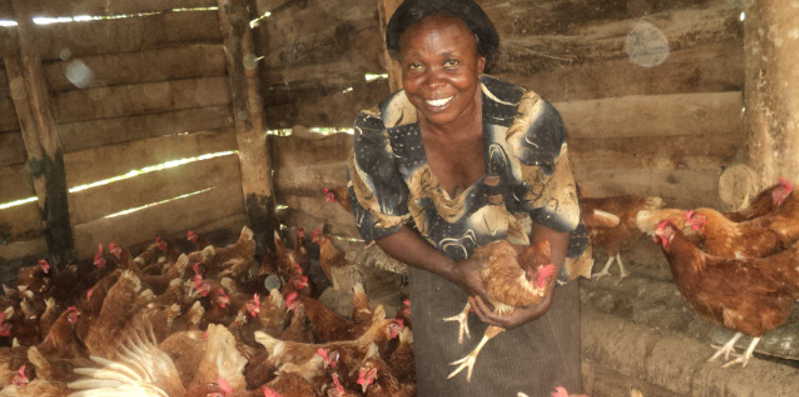human traffickingFeatures
Scientists ponder multi-seasonal Beans, Maize
Scientists are working hard to try to transform annual crops like beans and maize that contribute the bulk of our food requirements, into perennial ones or multi-seasonal crops. The science to achieve this is not mature yet, but there are indications that it is possible to identify genes or specific parts of a crop that are responsible for transforming a particular crop into a multi-seasonal crop.
Andrew Porterfield, writing in the Genetic Literacy Project, observers that: “It may be possible to genetically, either through hybridization, mutagenesis or genetic engineering to alter a plant so that it transforms from an annual (one you have to replant every year) to a perennial (which you plant once and can thrive for many years).”
Most staples, like maize, wheat, sorghum, beans and other grains are annuals. About 69 percent of global croplands are cereal.
Jerry Glover, plant geneticist at the Land Institute in Salina, Kansas, and John Reganold, a geneticist at Washington State University in the US, argue that the switch from annuals to perennials would help to reduce the need for fertilizers, pesticides and water.
“Their production emits significant greenhouse gases, contributing to climate change that can in turn have adverse effects on agricultural productivity,” Porterfield argues.
“Perennials, meanwhile, have longer growing seasons and more extensive roots, making them more productive, and more efficient at capturing nutrients and water from the soil. Replanting isn’t necessary, reducing pesticide and fertilizer use, and reducing the need to use tractors and other mechanical planters in fields. Erosion also can be reduced. It’s been estimated that annual grains can lose five times more water and 35 times more nitrate than perennial grains.”
Porterfield argues that at one time, all plants were perennials But breeders and farmers concentrated on breeding new annuals that could meet a farmers’ (and consumers) needs.
“Now, the table has turned,” he notes, “Genetics may make the annual-to-perennial transformation easier.
“Techniques like CRISPR/Cas9, which can precisely edit, insert or delete genes at specific locations, are being studied for their possible role in transforming perennials, but a few challenges remain. Chung-Jui Tsai at the University of Georgia, showed that CRISPR could be used to alter genes in existing perennials (like fruit and nut trees, for example), once some hurdles like frequent polymorphisms and other variations could be overcome.”
Andrew Paterson, head of the plant genome laboratory at the University of Georgia, has studied for years the development of perennial sorghum — one of the top five cereals on the planet. Sorghum’s drought resistance has made it useful as a grain and biomass source in degraded soil.
A perennial version (which has happened spontaneously twice) could reduce drought losses even to other crops. Paterson’s genetic analysis of wild perennials and cultivated annuals has shown the genes involved in perennial “ism” and offered DNA markers for more precise breeding.
Porterfield observes however that the switch to perennials is not a new avenue of research.
“Scientists in the former USSR and the US tried to create perennial wheat in the 1960s, but the offspring plants were sterile and didn’t deliver on desired traits. Since then, scientists worldwide have looked at deriving perennials from annual and perennial parents using molecular markers tied to desirable traits (and the genes responsible for them).
“This technique, and knowing the genotypes of more and more plants, has made it possible to combine desirable genes — with traditional and genetic engineering methods — to find these desirable perennial plants.”
Comments





















